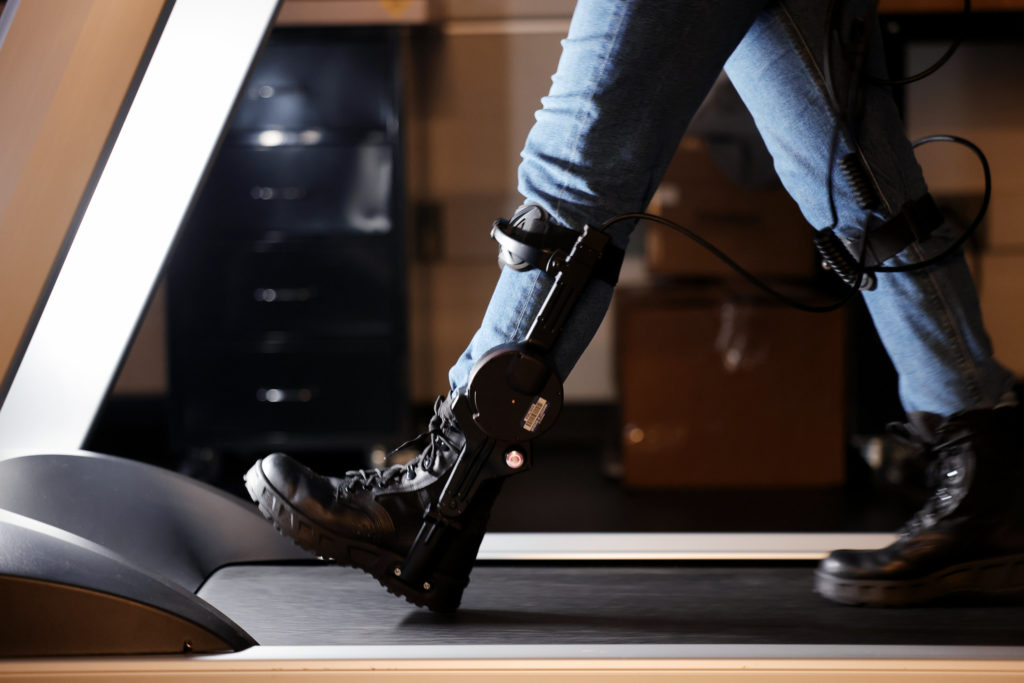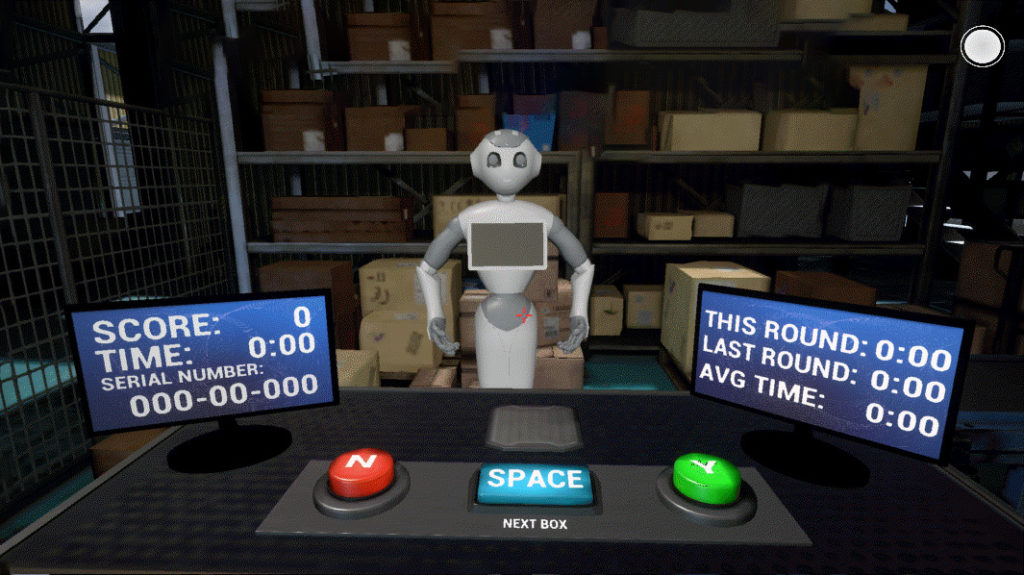How we can better link mind and machine
July 28, 2022

A team led by University of Michigan researchers recently tested how exoskeleton users responded to the task of matching haptic feedback to the timing of each footstep. The team found that the haptic cues added mental workload, causing less effective use of the exoskeleton, and demonstrated the hurdles in future human-machine design.
“When we introduce haptic feedback while walking with an exoskeleton, we usually intend for the user to understand and maintain coordination with the exoskeleton,” said Man I (Maggie) Wu, a robotics PhD student.
“We discovered that the exoskeleton actually introduces a competing mental load. We really need to understand how this affects the user while they attempt to complete tasks.”
Continue reading ⇒
